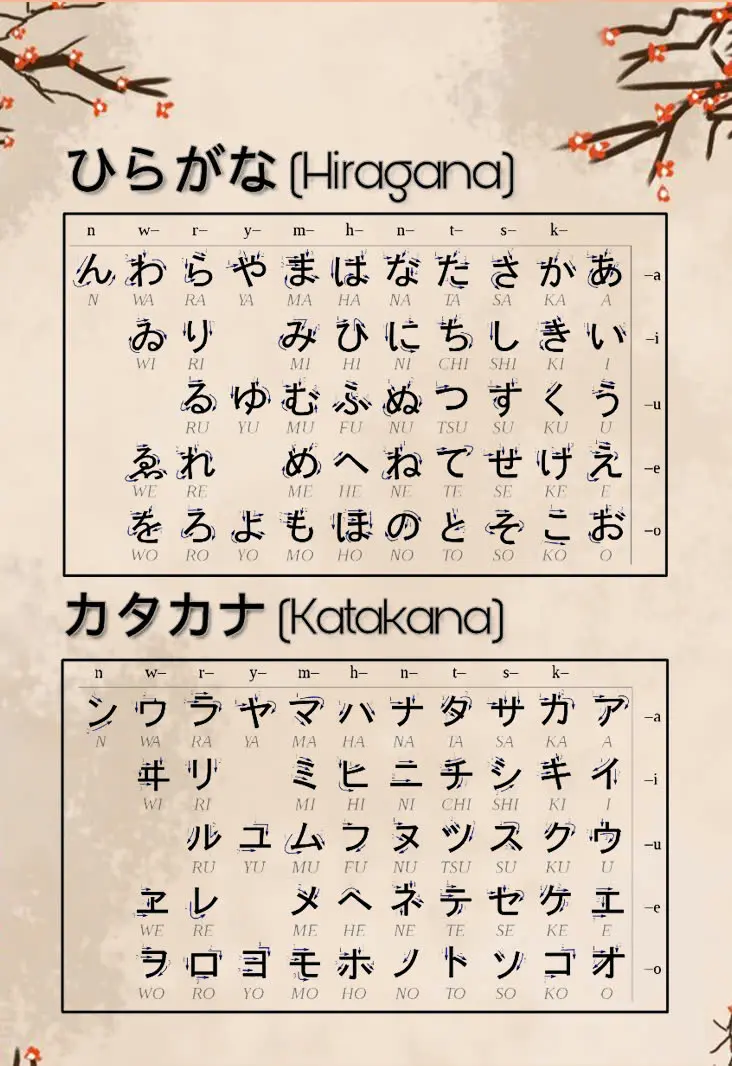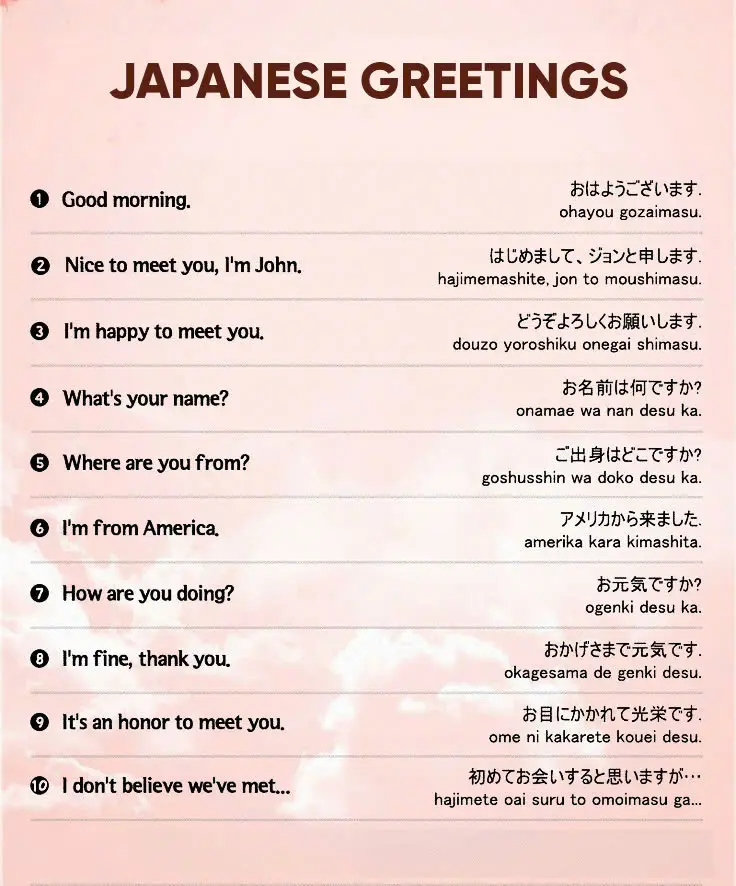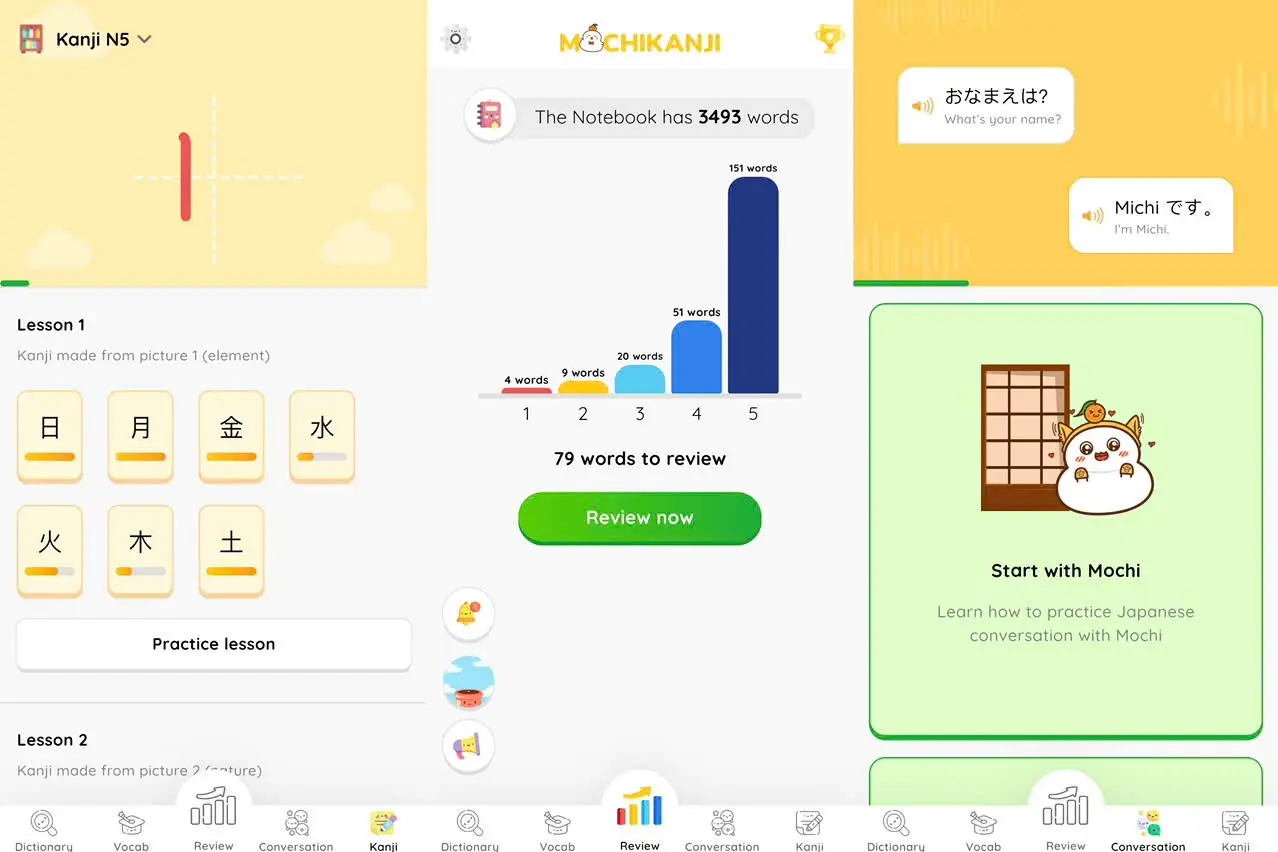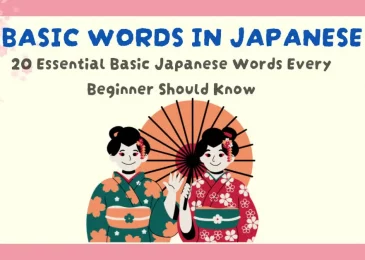Starting your journey to learn Japanese from zero can be overwhelming, but with the right approach and resources, it becomes an exciting adventure. This guide outlines multiple methods to help beginners establish a solid foundation in Japanese, along with practical tips for staying motivated.
1. Master the Japanese Writing System
Start with Hiragana and Katakana
- Hiragana: Learn this phonetic script first, as it’s essential for reading basic Japanese and understanding grammar.
- Katakana: Focus on this next to read foreign loanwords and emphasize certain terms.
- Practice writing and reading both scripts daily using flashcards, tracing worksheets, or mobile apps.
Introduce Kanji Gradually
Kanji can be intimidating due to its complexity, but learning them step-by-step is key:
- Begin with simple characters from the JLPT N5 level (basic proficiency).
- Focus on characters used in everyday words like 日 (day/sun), 人 (person), and 本 (book).
- Use tools like MochiKanji to practice stroke order and understand the meanings behind each Kanji.
2. Build a Strong Vocabulary Base
Start with Core Words and Phrases
Begin with essential vocabulary related to daily life, such as:
- Greetings: Ohayou gozaimasu (Good morning), Konnichiwa (Hello)
- Numbers: Ichi (1), Ni (2), San (3)
- Basic Verbs: Taberu (to eat), Miru (to see), Iku (to go)
Use Flashcards to Memorize Words
Flashcard apps like MochiKanji help you learn new words interactively with images and audio, making retention easier.
Group Words by Theme
Learn vocabulary by categories such as food, travel, or hobbies to make connections and improve recall.
3. Focus on Listening and Speaking
Immerse Yourself in Japanese Audio
- Listen to podcasts, anime, or Japanese radio to become familiar with native pronunciation and intonation.
- Start with slow-paced content designed for beginners, like NHK Easy News.
Practice Speaking Regularly
- Use language exchange platforms like HelloTalk or Tandem to converse with native speakers.
- Repeat after native speakers in videos or audiobooks to improve your accent.
Memorize Set Phrases
Learn commonly used expressions for real-life situations, such as ordering food or asking for directions.
4. Learn Grammar Basics
Understand Japanese Sentence Structure
Japanese follows a Subject-Object-Verb (SOV) structure, unlike English. For example:
- English: “I eat sushi.”
- Japanese: “Watashi wa sushi o tabemasu.” (I sushi eat.)
Start with Simple Grammar Points
Focus on beginner-friendly grammar, such as:
- Particles (wa, o, ni): Indicate the subject, object, or direction in a sentence.
- Verb conjugations: Learn the present and past forms for basic verbs.
Use grammar textbooks like Genki or Tae Kim’s Guide to Japanese Grammar for structured learning.
5. Use Modern Tools and Apps
Technology makes learning Japanese more accessible. Here are some highly recommended tools:
- MochiKanji: Ideal for building vocabulary, practicing Kanji writing, and reviewing with spaced repetition.
- Anki: A customizable flashcard app for vocabulary and grammar.
- Duolingo: Beginner-friendly for learning phrases and basic sentences.
- Tandem/HelloTalk: Language exchange apps for speaking practice.
6. Incorporate Fun Learning Methods
Watch Japanese Media
- Start with anime, movies, or TV shows with subtitles. Gradually transition to Japanese-only subtitles or none at all.
- Note down new words and phrases you hear frequently.
Play Language Games
- Use word-matching games and quizzes to test your knowledge.
- Try gamified apps like MochiKanji to make learning enjoyable.
Read Simple Japanese Texts
- Use graded readers designed for learners.
- Explore manga with furigana (small Hiragana/Katakana over Kanji).
7. Join a Learning Community
Engage with Fellow Learners
- Join online forums like Reddit’s r/LearnJapanese to ask questions and share progress.
- Participate in local Japanese language meetups or cultural events.
Learn with a Study Group
Studying with others keeps you motivated and helps reinforce what you’ve learned through discussion and collaboration.
8. Practice Writing Japanese
Start with Short Sentences
Write basic sentences about your daily activities. For example:
- “Kyou wa tenki ga ii desu.” (The weather is nice today.)
Journal in Japanese
Keep a simple diary to practice expressing your thoughts in Japanese.
Leverage MochiKanji’s Writing Practice
MochiKanji provides stroke-by-stroke guidance for Kanji writing, helping you learn proper form and order.
9. Use MochiKanji to Accelerate Your Progress
MochiKanji is a versatile app that combines fun and effectiveness for Japanese learners. Its features are tailored to beginners and advanced learners alike:
- Spaced Repetition: Reinforce vocabulary at the right time for long-term memory retention.
- Interactive Flashcards: Visual and audio aids make learning engaging.
- Kanji Practice: Perfect your Kanji writing skills with detailed guidance.
- Conversation Courses: Practice real-life dialogues to improve speaking confidence.
By integrating MochiKanji into your study routine, you can build a solid foundation while keeping your learning journey enjoyable.
10. Stay Consistent and Motivated
Set Realistic Goals
Break your learning into small, achievable targets. For example, aim to learn 5 new words daily or one grammar point weekly.
Track Your Progress
Use a notebook or app to log new vocabulary, phrases, and grammar points you’ve learned.
Celebrate Achievements
Reward yourself for completing milestones, like mastering Hiragana or holding your first conversation in Japanese.
Conclusion
Starting to learn Japanese from zero might feel overwhelming, but with the right combination of methods like mastering scripts, building vocabulary, practicing listening and speaking, and using tools like MochiKanji,you can achieve steady progress.
Remember, consistency is the key to success. Embrace the process, celebrate small victories, and enjoy discovering the beauty of the Japanese language and culture. Ready to begin your journey? Dive in today and watch your skills grow!








